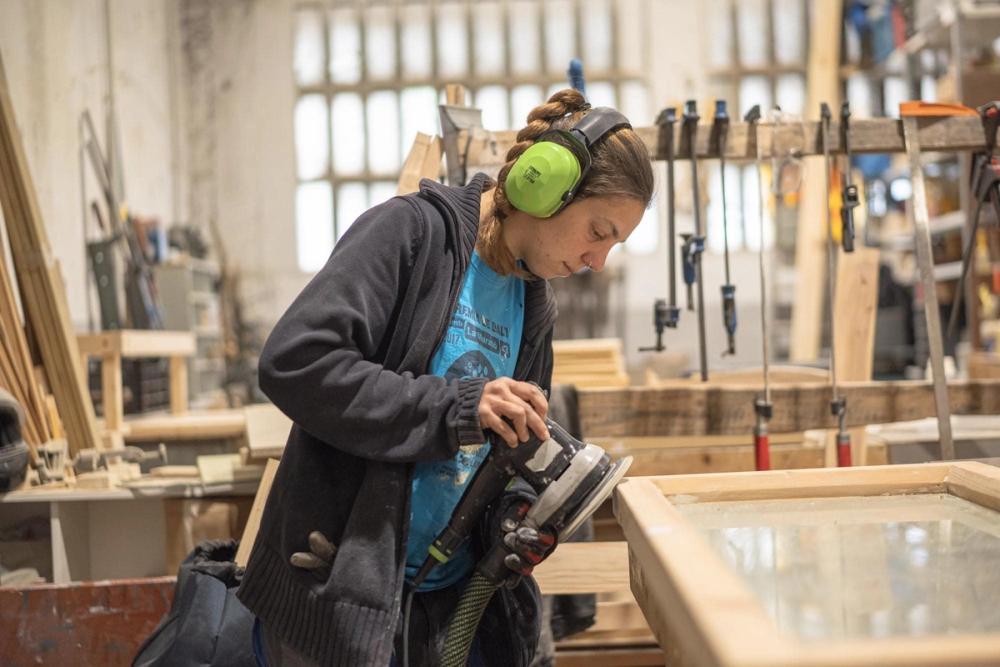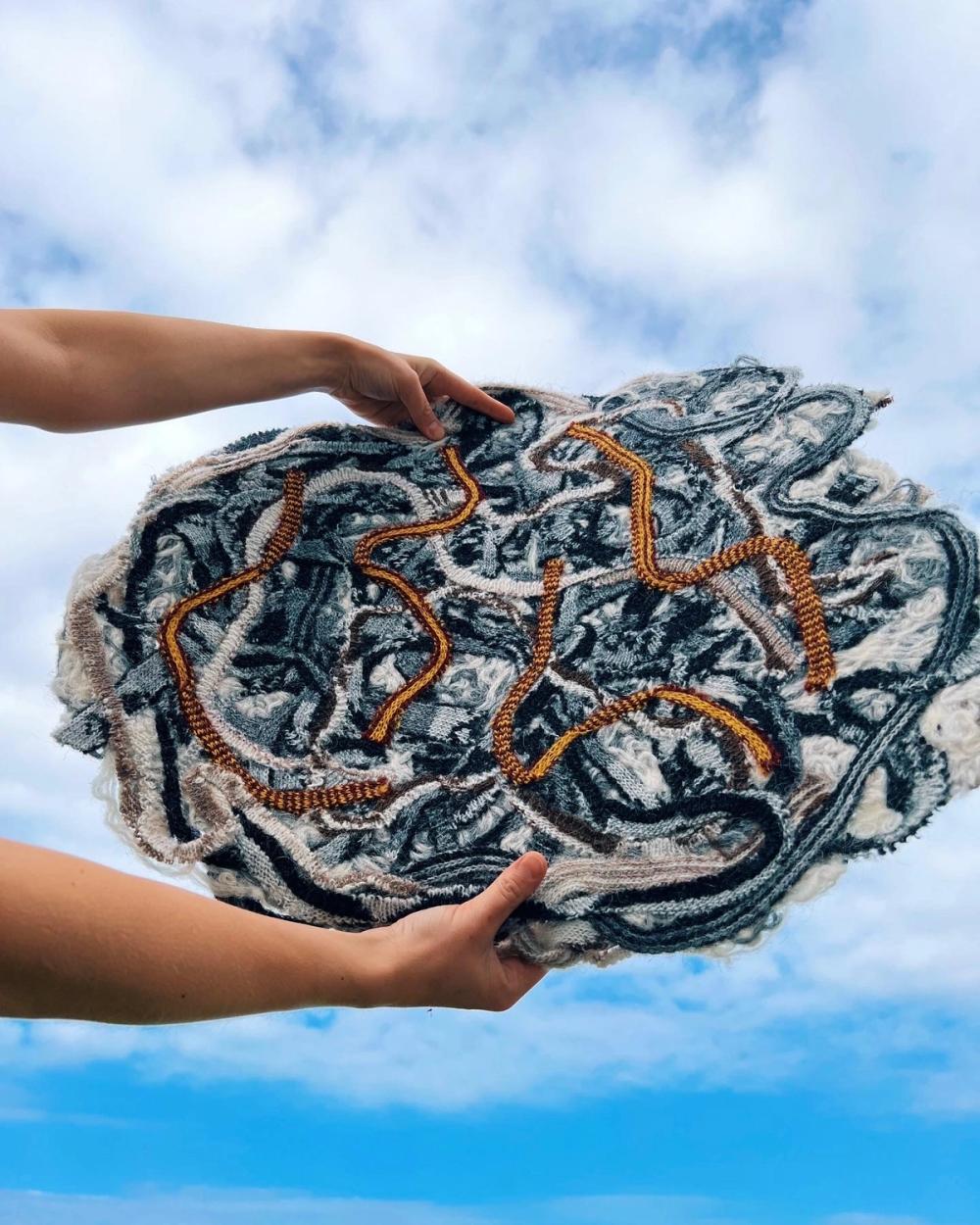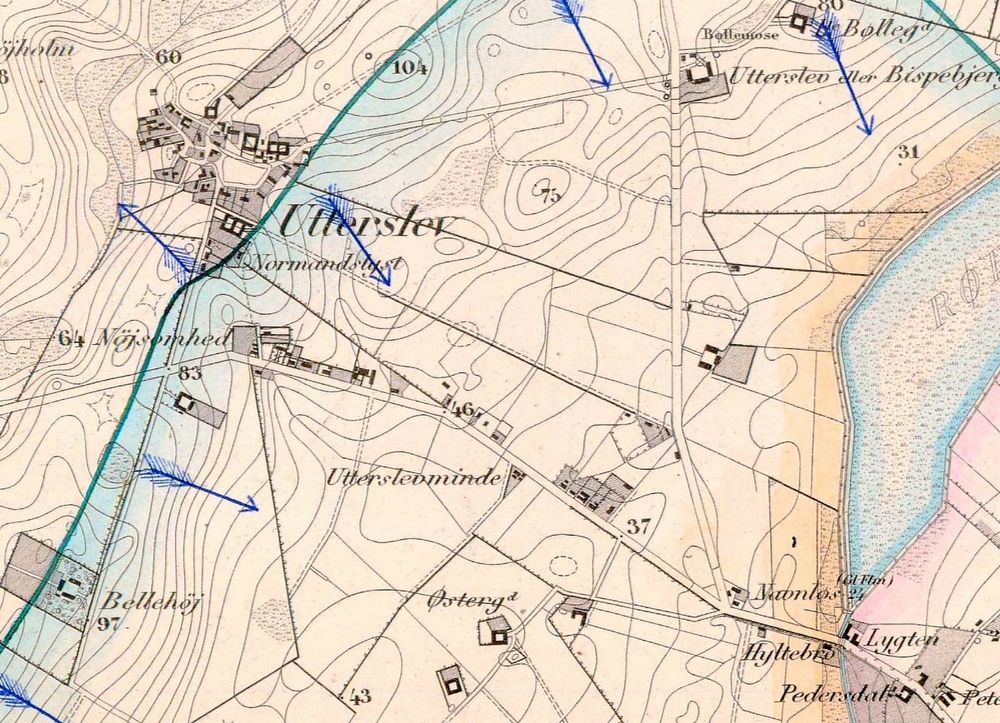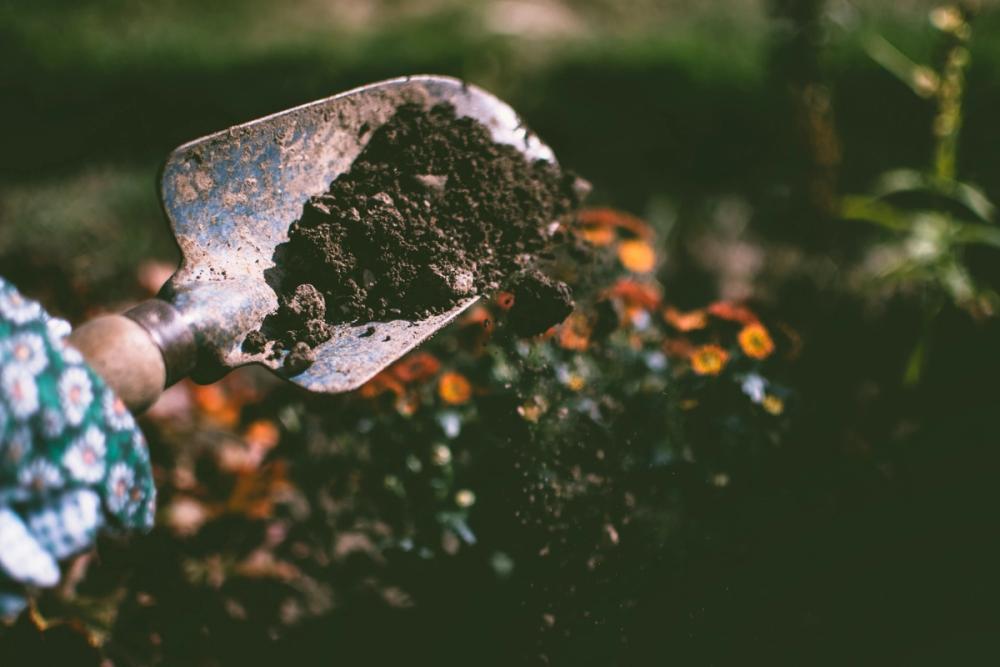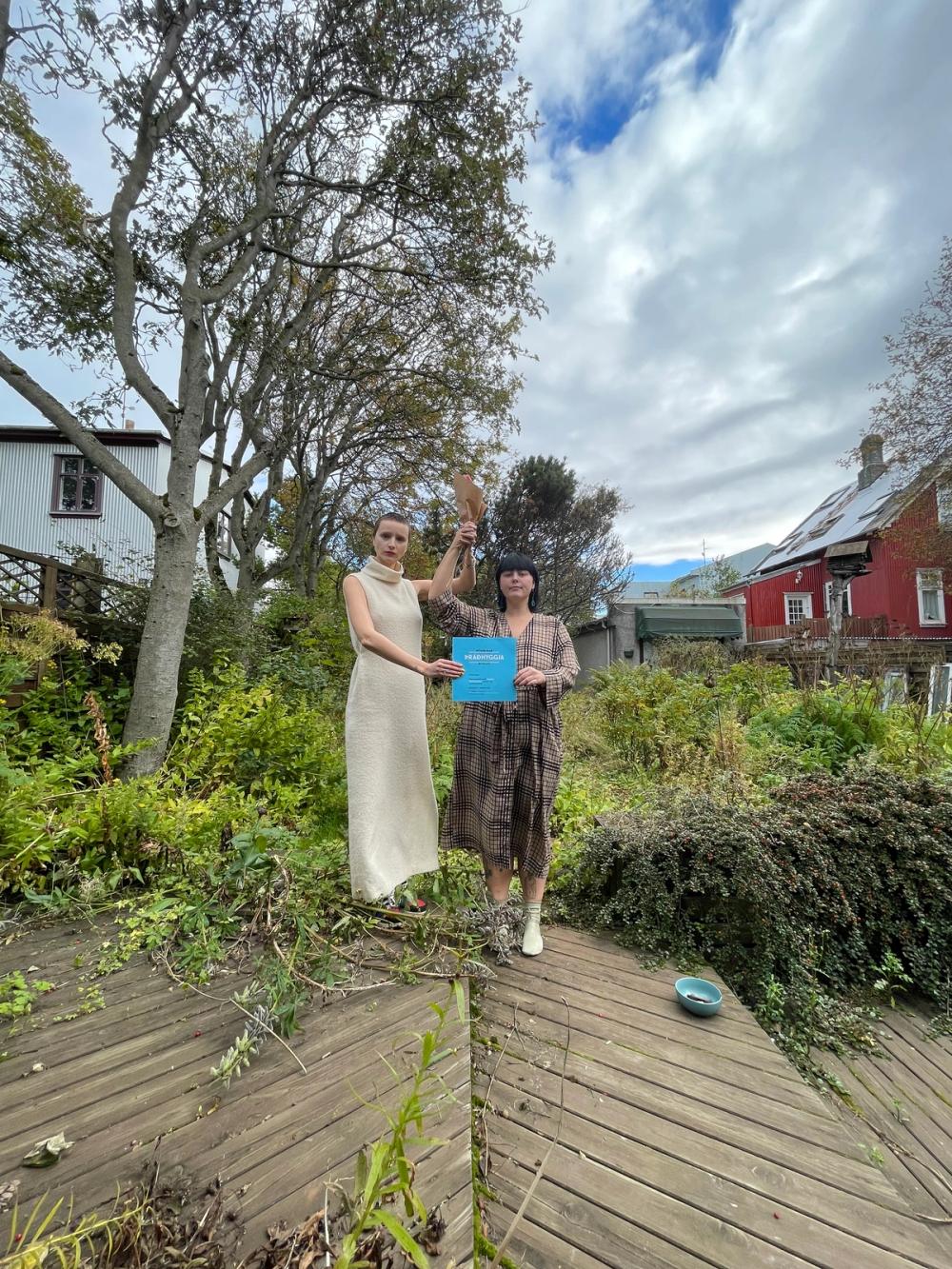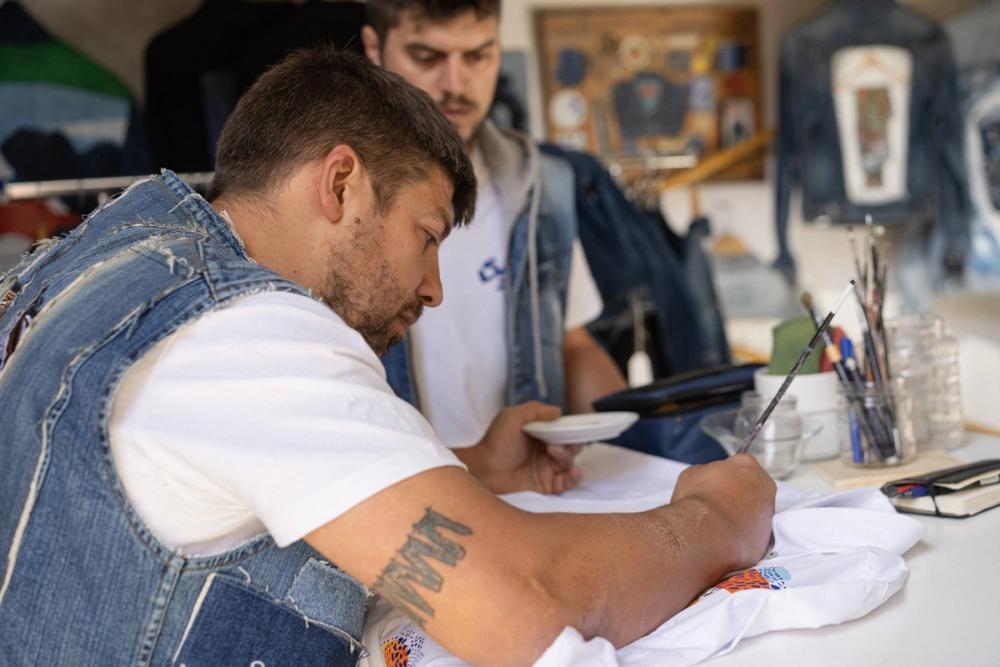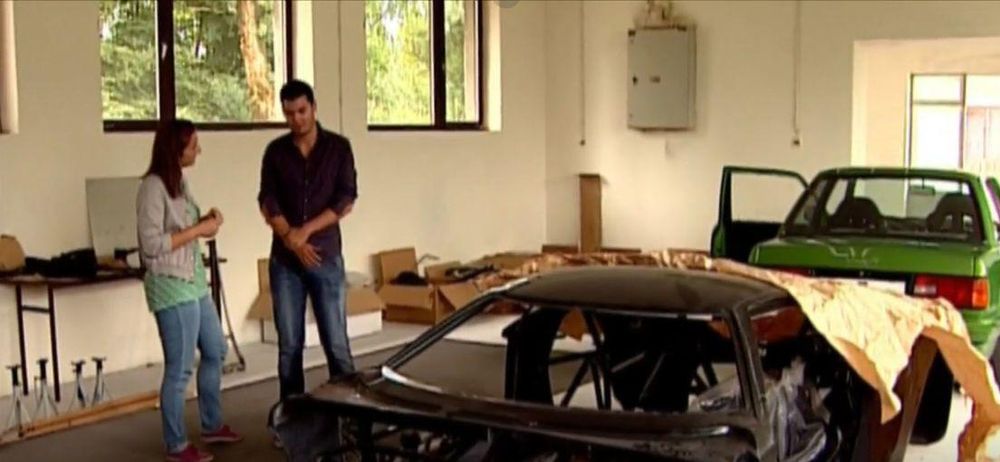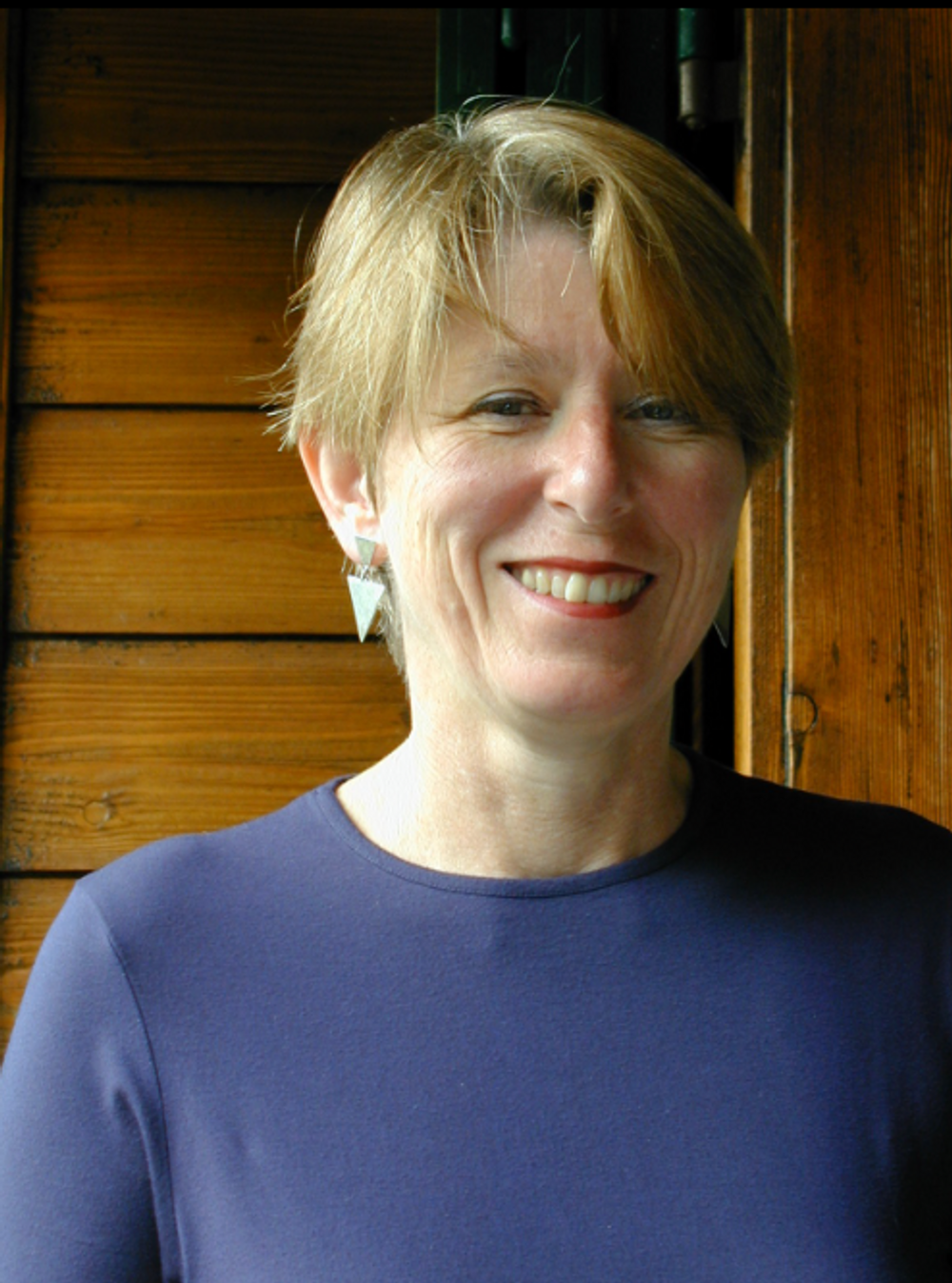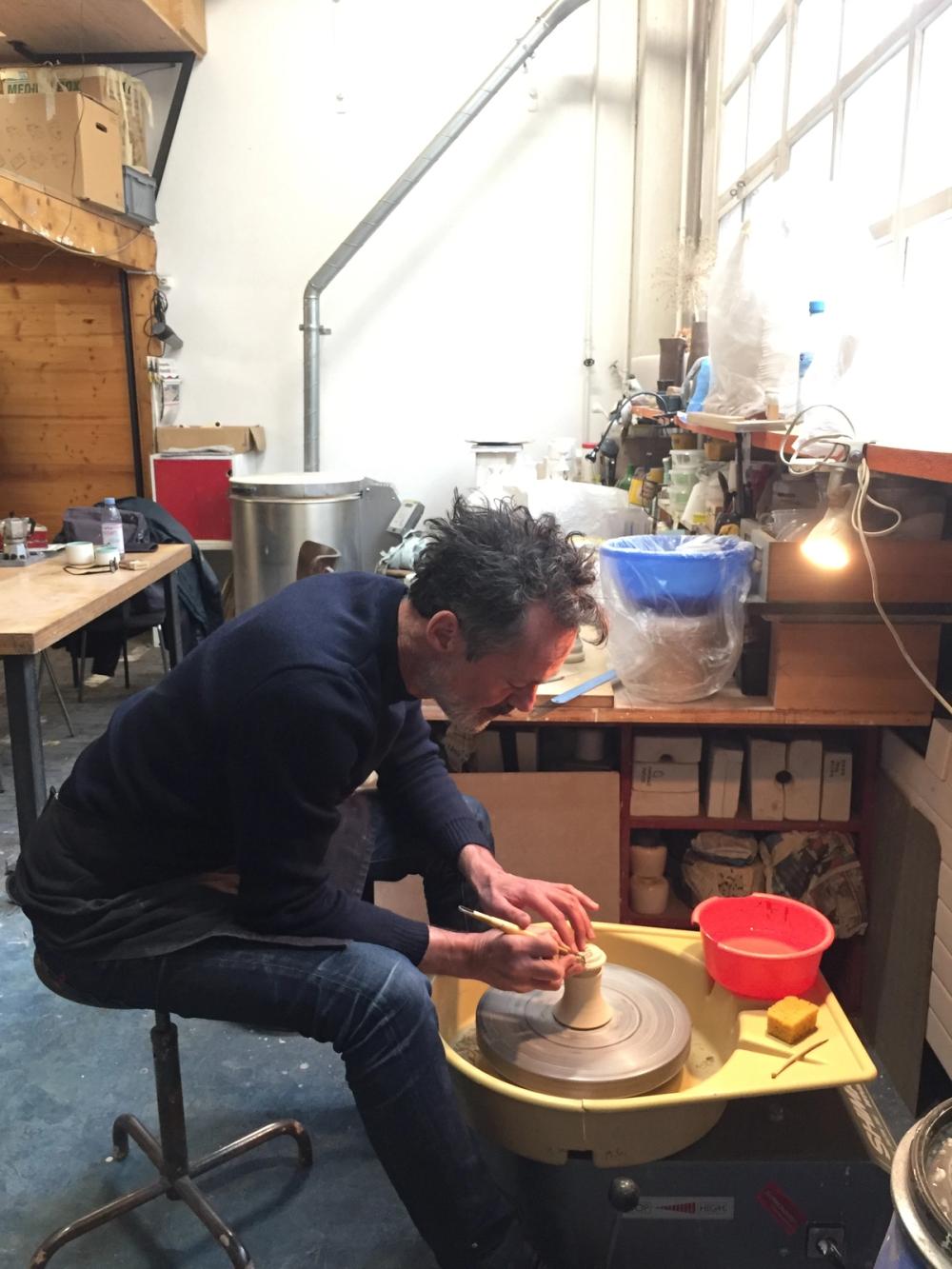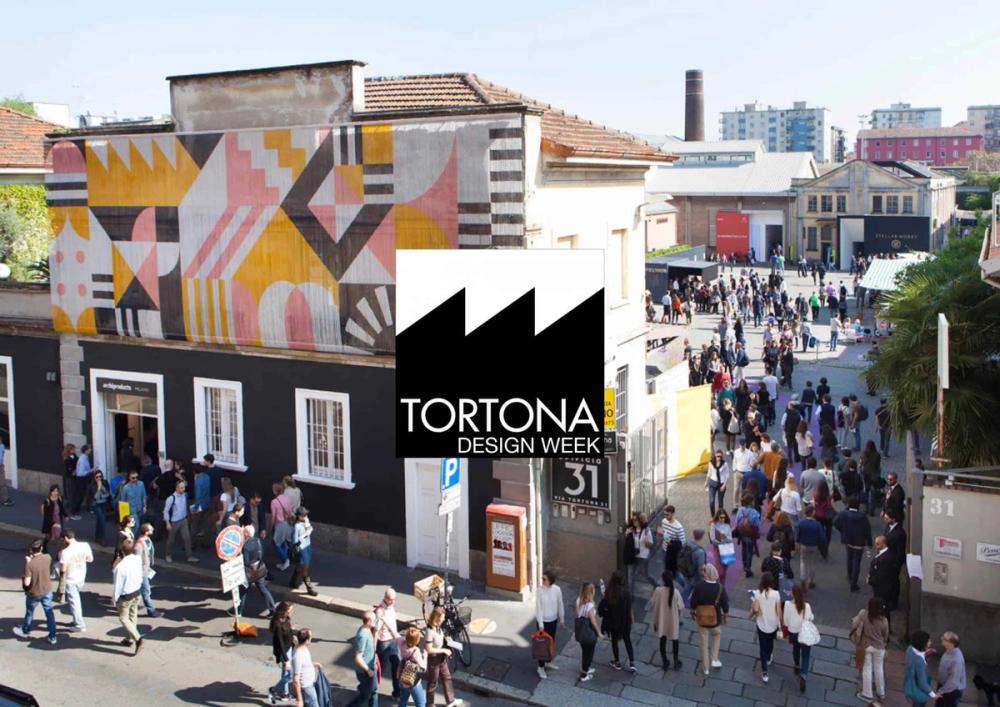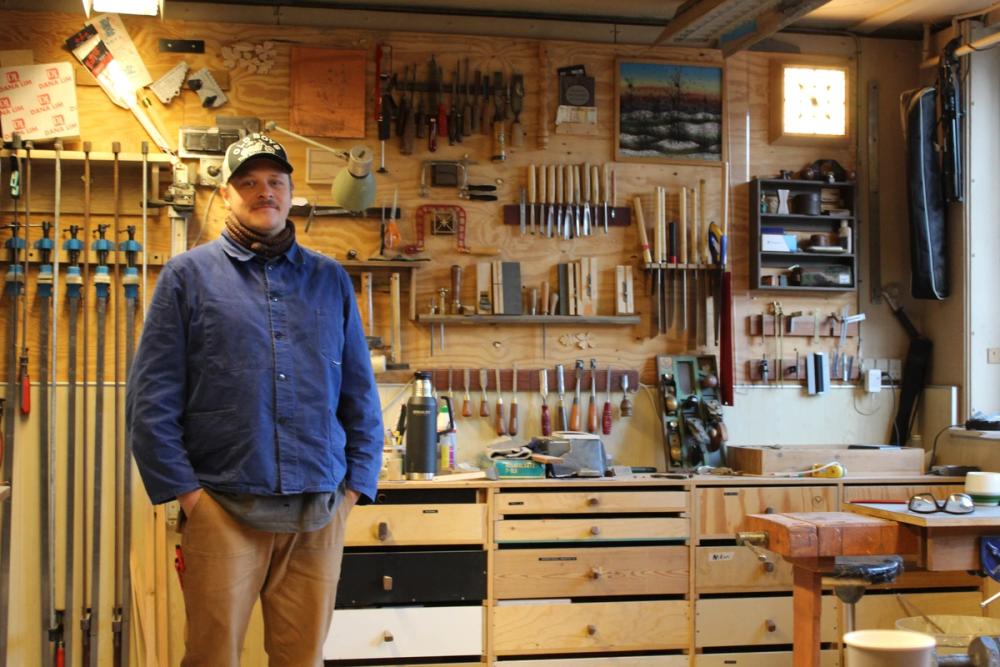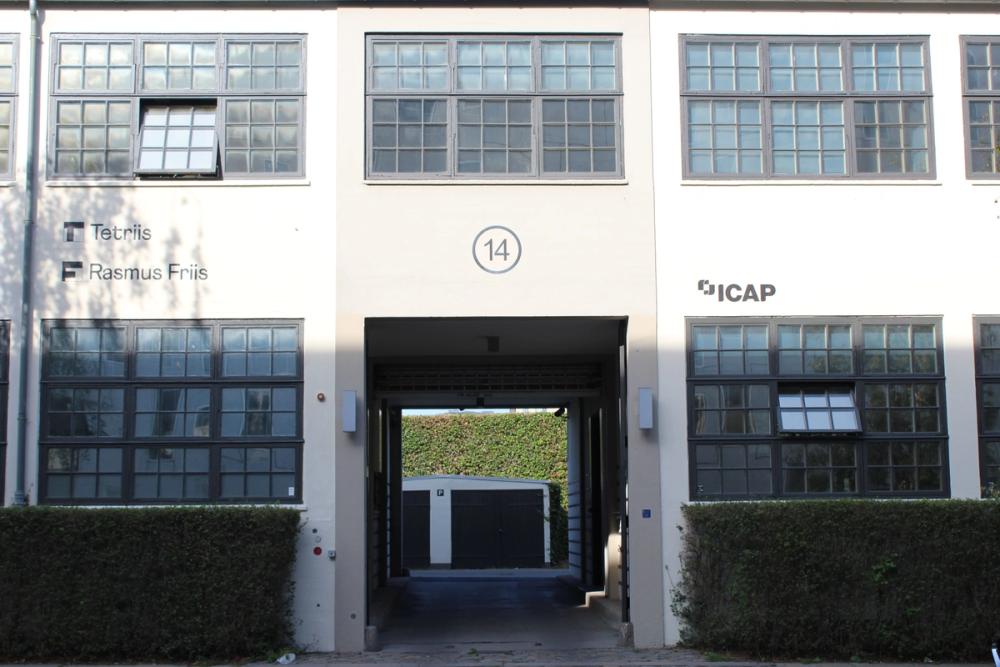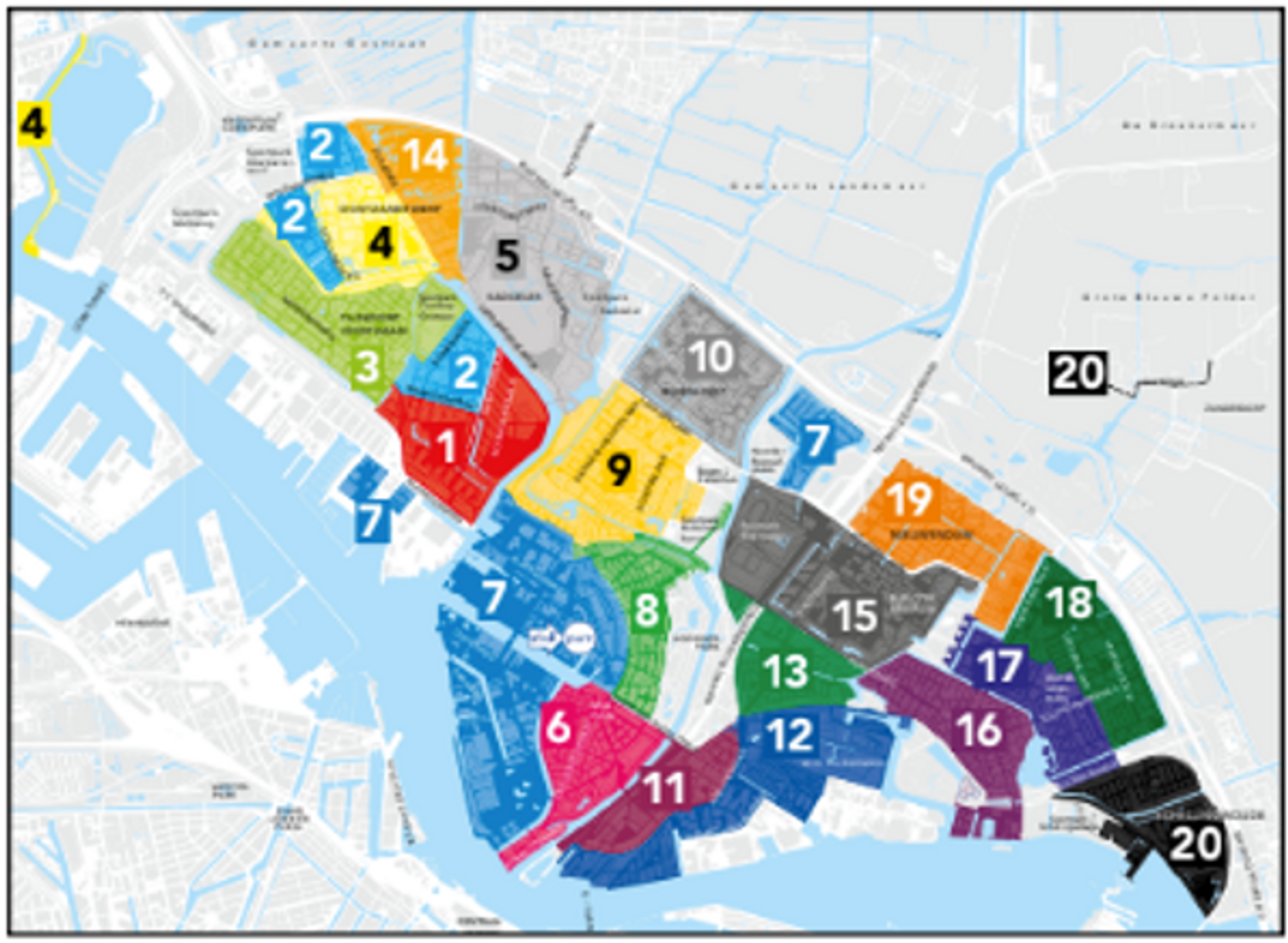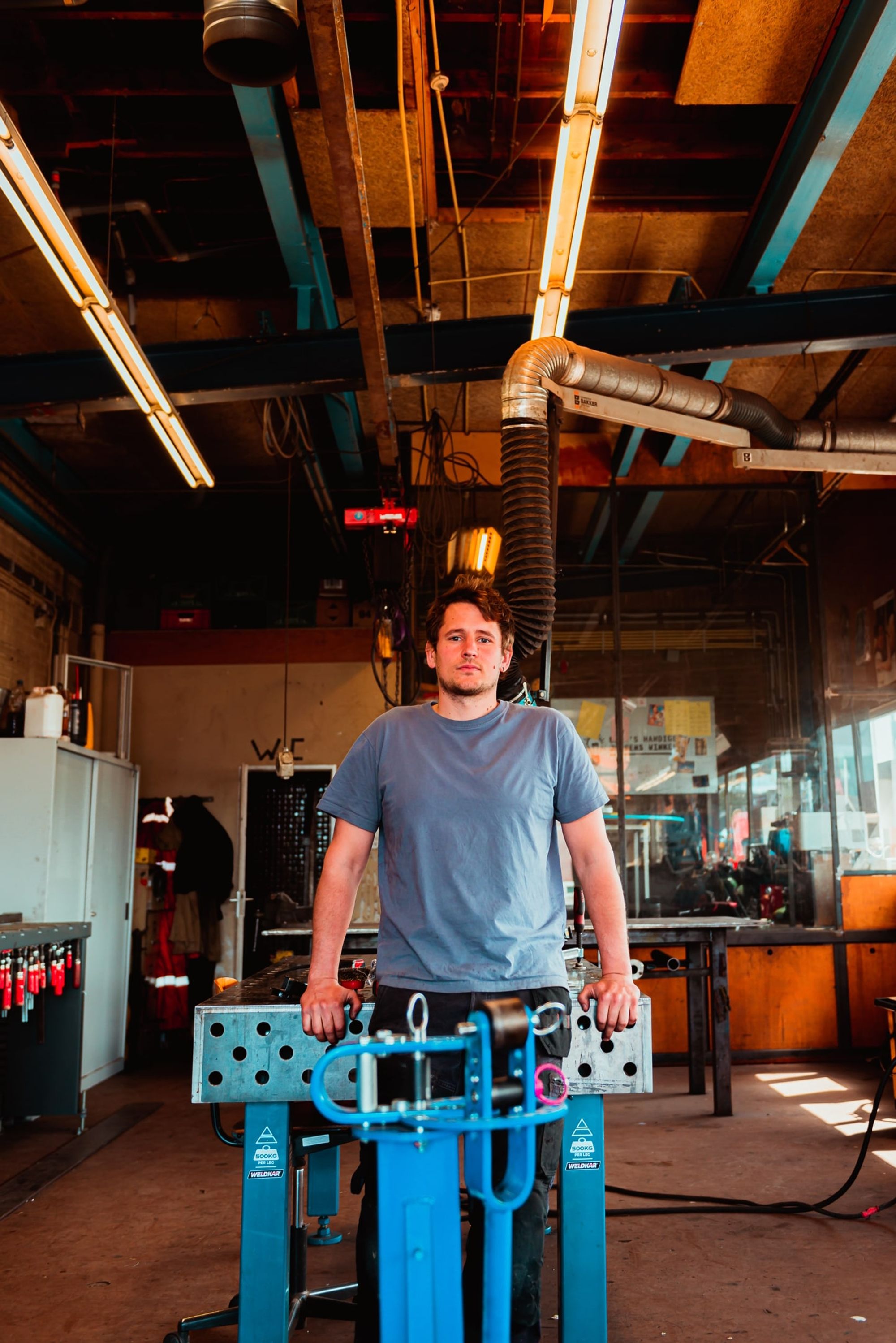Every the first Wednesday evening of each month, there’s a moment in Amsterdam Noord when you can find all sorts of bike trailers, trolleys, pickup trucks and IKEA shoppers moving about. From 9pm on, inhabitants can put out their unwanted household trash to be picked up by municipal recycling the next morning. But before all gets crumpled and put in the back of a lorry, a host of different handypeople come by to hunt for useful treasure in the discarded pile of material. And treasure it is! It often takes longer for residents to bring items to the official recycling spaces, so they instead leave a good deal of furniture or appliances that still have life left in them end up in designated spaces on sidewalks between big yellow concrete bollards. This is not to say that these items don’t find a good home. In this ecosystem, people pick out furniture with a keen eye and an intent to repair the blemishes. The appliances that are still functional have attached and intact cords. Those that no longer work often have their cord cut as a signal to not bother. And lastly, after all of the working items are gone, the metal scrap is taken by the more professional hands. There is no central organization that organises this and officially taking trash is probably not allowed. But this informal system creates opportunities for goods to find a place with people that still see use in them - from the occasional treasure hunter passing by, to the scrapper vans that go through Amsterdam the full week, visiting the different pickup days in different neighborhoods. Sustainable reuse is not a new concept; being prudent with materials and saving what still has use has always been done. Keeping an eye on working systems already in place, like the ways in which items are discarded and then claimed for reuse, can help the city in finding ways to leverage the concept of circularity.
what the archive is about
The Living Archive explores the potential of (post)industrial heritage to transform production in our cities. We collect stories with participatory heritage methods. The nodes for the local collection efforts are Fab City Hubs (FCH). The collection has been carefully assembled by FCH teams who have been learning about, co-creating and applying participatory heritage-making approaches, emotion networking methodology, oral history principles and creative perspective-taking. Select tags and categories to filter stories in the archive below. Explore their connections in the network graph.







